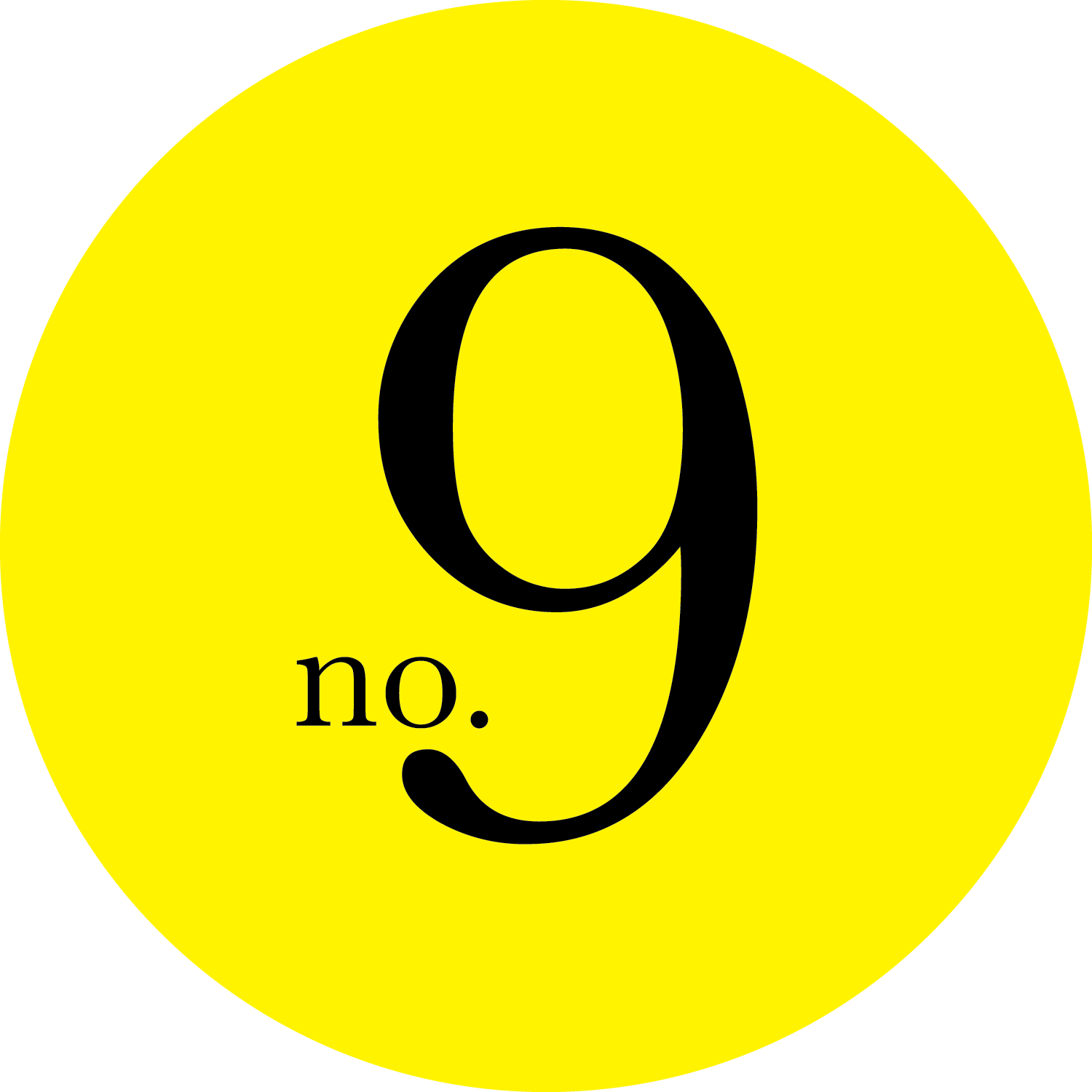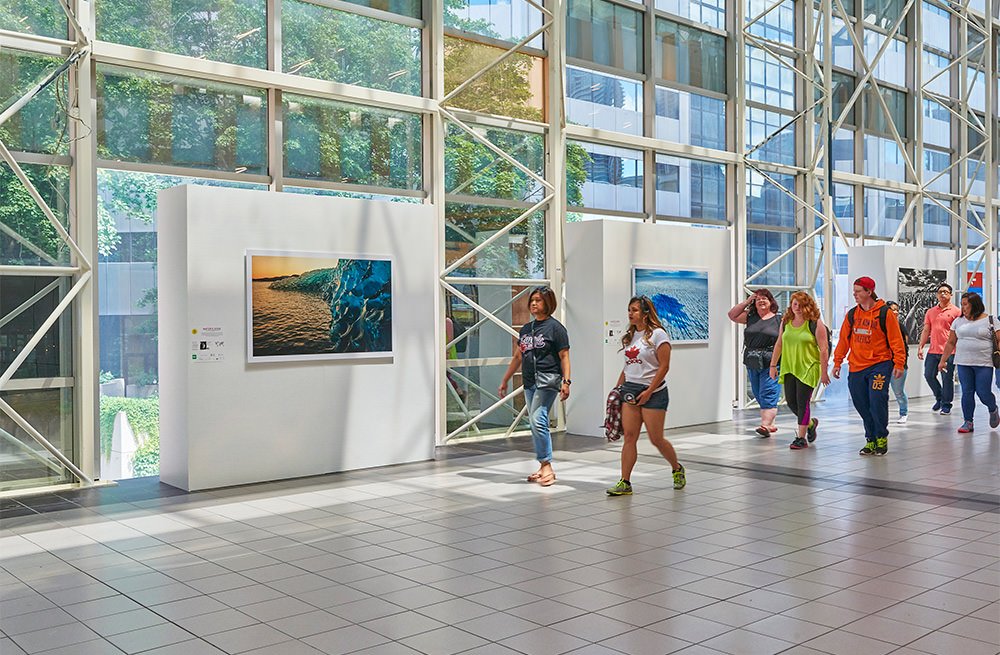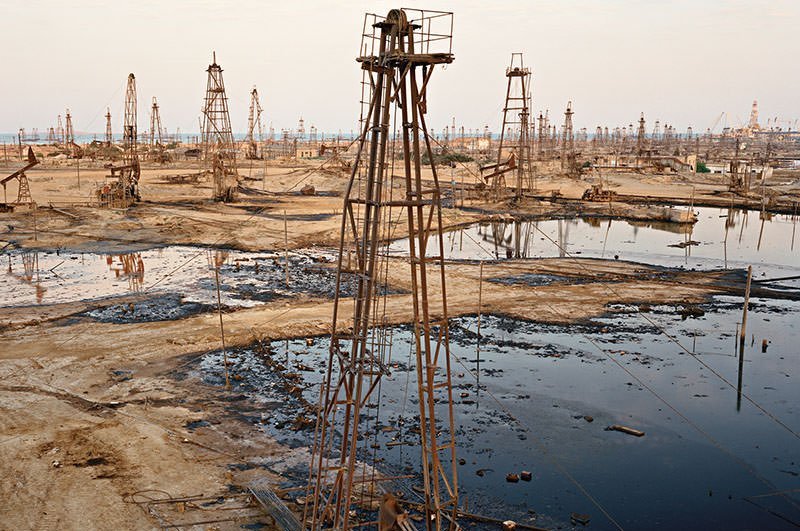19 years of inspiring change
In 2006, No.9 was conceived from the belief that culture and the arts had a big role to play in bring awareness to environmental issues and climate change. Andrew Davies had returned to Toronto from New York City, where he had been working at MoMA, to consult on the Evergreen Brickworks project. His experience at MoMA had shown him how art and architecture inspired museum participants to embrace modernism and to live a modern lifestyle, and he believed the same approach could be embraced to inspire a culture of sustainability.
Davies reached out to curator Catherine Dean, who he met while visiting the newly established Clint Roenish Gallery on Queen Street West, to brainstorm ideas about what such an arts organization could look like. The two discussed innovative arts organizations like Creative Time in NYC creativetime.org/about and Artangle in London www.artangel.org.uk, who were curating commissioned temporary projects in the public realm. Dean resigned from No.9 in 2008 to pursue other opportunities.
The following represents excerpts from No.9’s historical programming. For a full historical review see No.9’s PAST PROJECTS or download our HISTORICAL PROGRAMMING document.
2024
No.9 Wins $250k Grant from HCLTech Americas Climate Action contest. No.9 is among three non-profits who've received grants totaling $1 million as the winners of the HCLTech Grant Americas' inaugural edition. As a runner-up No.9 received a grant of 250k over two years to support the training of teachers to deliver our award winning IMSC workshop.
2023
TTO Language and Cultural Centre started from an IMSC workshop in the community becoming a reality in the Indigenous reservation of Tyendinaga. Supported by a 9.6 million federal grant the new language and cultural centre will provide educational services to the Tyendinaga community for decades to come. No.9 is continuing to work with the youth from Tyendinaga and is delivering a furniture design and build workshop March 2025. Furniture made from this process will be utilized in the Centre.
2022
No.9 now had a permanent location where youth and the public could come to experience the 9 Pillars of Sustainability and sustainable community building in action. No.9 Gardens gives visitors a first-hand look at a sustainable future. No.9 Gardens is the site of No.9’s annual Cloud 9 Eco-Art and Electronic Music Festival.
2021
No.9 launched our Public Art for Change initiative, Pillars of Change. Pillars of Change raises awareness and amplifies the work of both prominent and emerging BIPOC and 2SLGBTQ+ identifying artists, collaborators, partners, and the public. The artist edition works commissioned for Pillars for Change were viewed by over 8,000 visitors to the Gardiner Museum and the open editions of the posters have been downloaded by more than 1,500 students around the world in a truly global outreach for climate activism. The initiative is spearheaded by acclaimed public artist Sean Martindale.
2018
No.9 established No.9 Gardens on 57 acres of pristine agricultural land in the Rideau Lakes, 45 minutes north of Kingston. To demonstrate a holistic approach to a sustainable life experience, No.9 established an organic garden, several off-the-grid living structures, and a continuation of the Eco-Art Festival.
2015
No.9 developed an ambitious project at Pearson Airport and Union Station for the Pan Am Games. Water’s Edge reached an estimated 3.25 million people. The exhibition focused on the importance of protecting our water and the tenuous balance where human civilization, land and water meet. Included in the exhibition was a day-long symposium at Evergreen Brickworks that featured international celebrated photographers from a variety of Pan American countries, including Sebastian Salgado.
2014
No.9 wanted to create a holistic, sustainable lifestyle experience, and so developed the No.9 Eco-Art-Festival program at Todmorden Mills historical site in the Don Valley ravine system. The Festival provided an opportunity for members of the community to eat food that was grown onsite, participate in art workshops, enjoy a tour of commissioned art installations, drink organic beer from handmade mugs, sit by an open fire, and listen to live music. It was the prefect low-cost alternative to leaving the city on summer weekends!
2012
No.9 continued its interest in mobile artworks that would be viewed by millions. We commissioned the Art Train Conductor No.9 project from Jennifer Marman and Daniel Borins. This project, in collaboration with Metrolinx, showcased the importance of public transportation in building sustainable communities and was made up of a dynamic exterior and interior surface-wrapped GO train that travelled throughout the GTA for a year. In addition to the striking visuals treatment of the commuter train, the artists also created an app that allowed passengers to learn about the importance of transit from civic leaders in an aesthetic and innovative manor.
2011
Sitting around a kitchen table one evening, Andrew Davies, Elizabeth Davies, and Barb Lilker developed and idea that would become the Imagining My Sustainable Community program. The hands-on sustainable urban planning and architecture workshop was designed to educate our youth about building sustainable, inclusive, low-carbon communities. The concept would bring together professional artists, architects and designers to engage students in the classroom in a problem-solving design charette formatted like a real world competition. Led by Elizabeth and Barb, the four-day workshop taught grade 7 and 8 students about the 9 Pillars of Sustainability. The mission to empower youth to build sustainable communities was born and through raising support from corporate sponsors, foundations and government, No.9 has been able to deliver this program to over 5,000 elementary students across Canada. We continue to secure support, train new educators, and expand this program across Canada.
2010
Davies became interested in expanding No.9’s focus by bringing art and environmental awareness programming to youth. For its first youth-centred initiative, No.9 teamed up with celebrated Canadian conceptual artist Iain Baxter to transform a kiosk van into a mobile work of art to visit schools and libraries across the GTA. The Ecoartvan took on the form of a lunch box extravaganza with playful, whimsical sculptures inside that brought awareness to endangered animals and their habitat loss. This traveling art exhibition was parked in school playgrounds to be discovered at recess by excited and engaged students. Hands-on art making workshops inspired by Iain’s art were then delivered in classrooms that encouraged students to become stewards of nature. The students’ work was then collected and displayed at the Art Gallery of Ontario alongside an exhibition of Iain’s work.
2009
No.9 developed its strategy to showcase art in high traffic public spaces, where millions of people could see art during their daily routines and travels. This was meant to engage the public in reflective moments about the environment during their everyday lives. No.9 developed a partnership with Toronto Pearson International Airport at Terminal 1 and worked closely with Lee Petrie to showcase 12 different exhibitions at Pearson from 2009 to 2015.
In the summer of 2009, Catherine Dean resigned as curator of No.9 to pursue other opportunities. At this point in time Davies and other invited guest curators took on the role of commissioning artists for projects.
2007
No.9 Contemporary Art & the Environment was formed as a not-for-profit in 2007. We wanted to make art more accessible to the public and at the same time promote environmental awareness. Our strategy was to curate large scale public installations in Toronto featuring exemplary Canadian artists who brought awareness to pressing environmental issues. No.9’s first public project was in collaboration with the design company Castor at the Toronto International Art Fair in October of 2007. This installation featured their signature recycled fluorescent lights along with seating made from used jeans, magazines, stuffed animals and other “pre-owned” materials.
No.9’s first major commission project was the Project for the Don River by BGL.



















